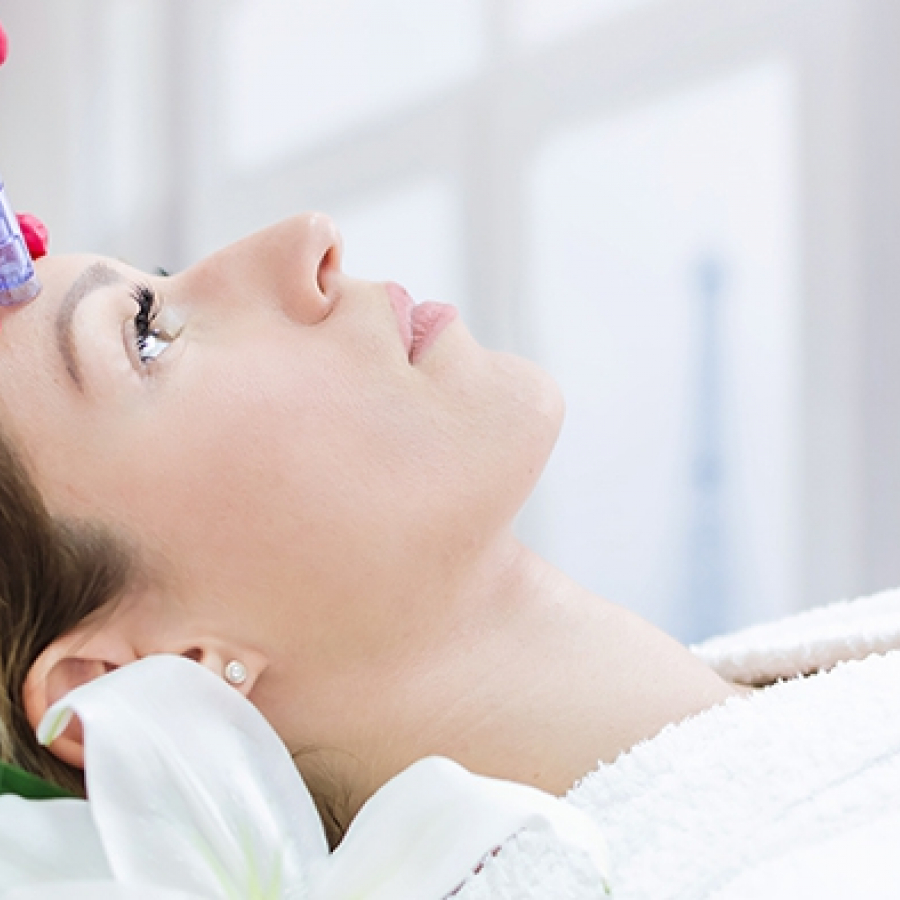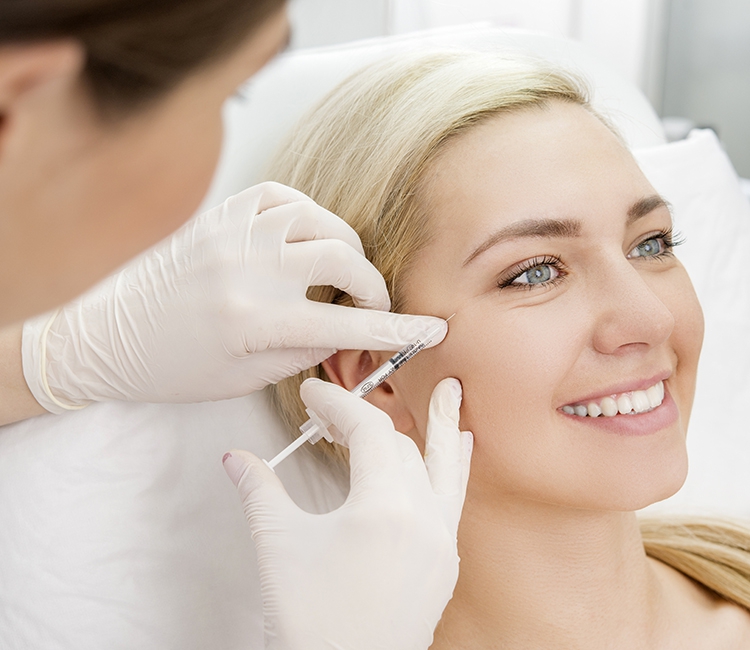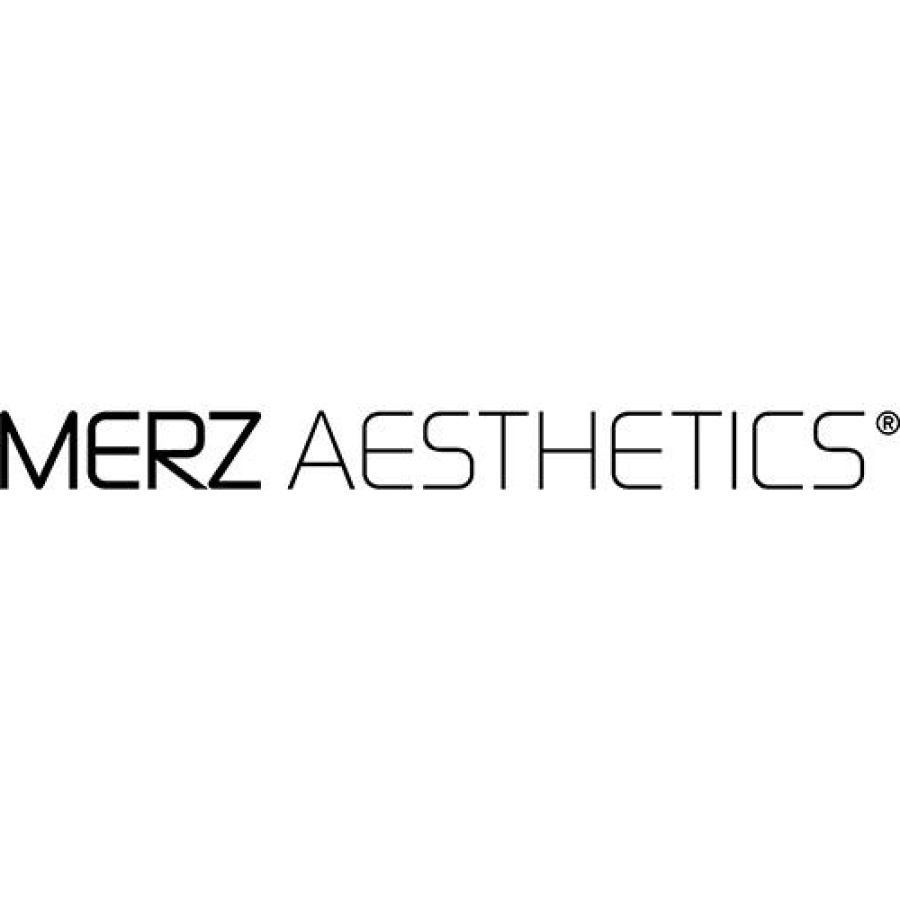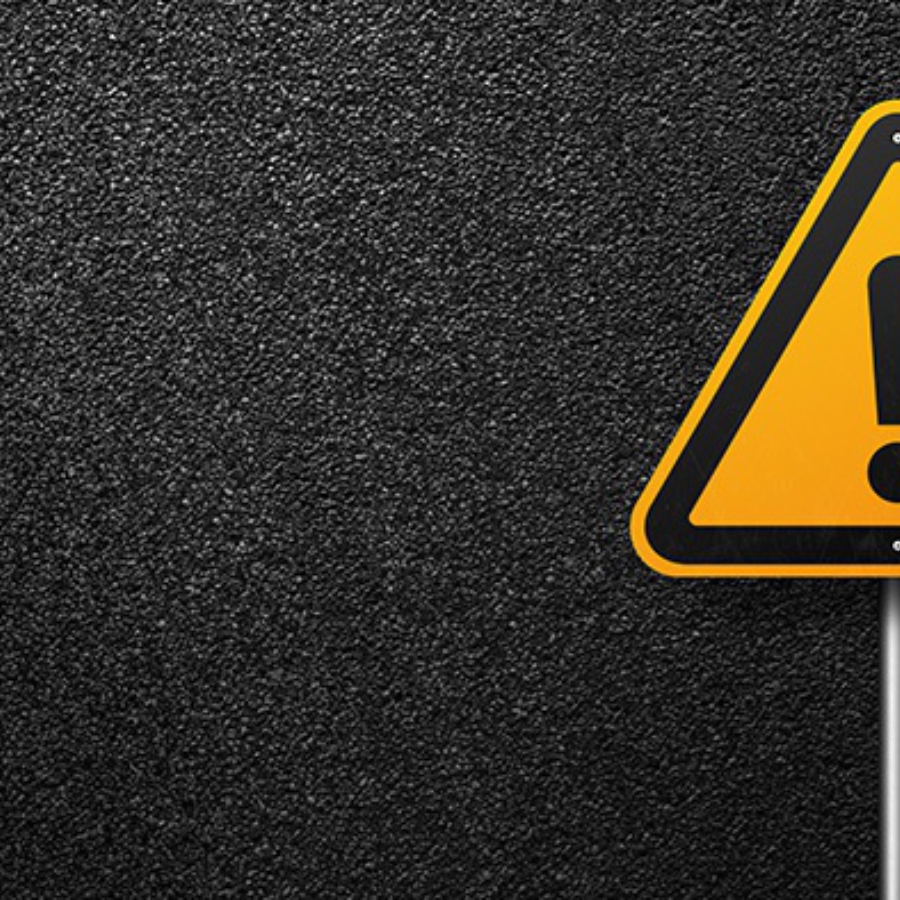
Clinical
Radiofrequency and Non-RF Microneedling Safety: What Patients Should Know
With Molly Muecke, RN, MSN, NP-CMicroneedling is a popular aesthetic treatment offered in 79% of med spas (2024 Medical Spa ...
Posted By Madilyn Moeller, Friday, July 18, 2025

By Eric Atienza, Assistant Director of Digital Marketing and Marketing Technology, and Madilyn Moeller, Marketing Content Coordinator
With the growing popularity of medical spas across the US, many prospective med spa patients may be encountering nurse practitioners overseeing these practices and wondering if this is legal and safe. When considering if it's safe for nurse practitioners to be operating medical aesthetic practices, it's important to understand the legal and clinical requirements of the profession, and to understand what makes a safe med spa in the first place.
Though med spa laws vary greatly between states, in every state in the country medical spas are medical practices and should be regarded as such by patients and every single person who works in the industry. And across the country, nurse practitioners have played key roles in the safe practice of medicine in many different specialties, as they continue to do in medical aesthetics today.
Nurse practitioners (NPs) are one of the specialty roles of Advanced Practice Registered Nurses (APRNs), which also include certified nurse midwives, clinical nurse specialists and certified registered nurse anesthetists.
According to the Journal of Pediatric Healthcare, the license was pioneered by Loretta C Ford, RN, and pediatrician Henry K Silver, MD, at the University of Colorado in 1965 with the goal of expanding and enhancing options for primary care. This was, in part, in response to the recent passage of the Medicare Act of 1965, which enabled elderly and low-income patients to seek healthcare that they previously were unable to afford, putting pressure on the existing physician-led health care system. The first master's-level NP program was established at Boston College in 1967, and by 1973, there were 65 such programs throughout the United States.
Nurse practitioners have expanded greatly in modern times, addressing the still-existent shortage of physicians, with more than 300,000 practicing across the country today. The Cleveland Clinic states that you may see NPs in colleges, physicians’ offices, clinics, nursing homes, urgent care sites, emergency rooms and hospitals.
“NPs provide patient-centered care. They focus on disease prevention, living a healthy lifestyle and understanding your health concerns. An NP can serve as a primary care provider or as a specialty care provider focusing on a specific group of people.”
As the “Advanced” in APRN may indicate, nurse practitioners and other APRNs undergo years of additional training and examination on top of the license as a registered nurse. At minimum this means a master's-level program, while many pursue doctoral-level degrees.
The National Library of Medicine states:
“An APRN is a registered nurse with at least a master's degree in nursing who has completed graduate-level education and training from a nationally accredited program. Training must be based on a specific specialty. It can also be based on a population, such as pediatric or family practice. APRNs must pass a national certification examination that measures the role and specialty-specific or population-focused competencies. Their knowledge and skills are built upon the foundation of nursing to bridge the gap in medical and allied health, providing direct care to patients and focusing on individuals and families.”
The most common areas of focus for nurse practitioners (in both primary and acute care) include:
To maintain their license, NPs must recertify with the same board (ANCC, PNCB, NCC or AANPCB) that originally awarded them certification. The AANPCB requires renewal every five years, which involves either completing 1,000 practice hours and 100 contact hours of continuing education or retaking the national certification exam.
NPs practicing safely in medical aesthetics undergo even further training, including classroom and hands-on continuing education throughout the duration of their career.
As medical professionals, nurse practitioner licensees are overseen by various laws and regulatory bodies.
The required qualifications and scope of practice for nurse practitioners are defined by state regulations, notably their state’s nursing practice act. They are also generally regulated by their state’s Board of Nursing and the national board for their chosen specialty. In some states, specific agencies also have a hand in regulating nurse practitioners, such as the Illinois Department of Financial and Professional Regulation.
Much like doctors, nurse practitioners can examine patients and diagnose and treat illnesses. They interpret lab results and X-rays, prescribe medications, and provide health teaching and counseling to support the overall wellness of their patients.
Specifically, nurse practitioners:
Once licensed, a nurse practitioner operates under a formal written collaborative agreement or supervisory agreement with a physician who agrees to provide supervision. In many states with full practice authority, independent NPs can fill the role of a medical director, supervising treatments for an aesthetic practice.
More than half of U.S. states and territories allow advanced practice registered nurses to apply for full practice authority after they have practiced under physician supervision for a number of practice hours and have met certain requirements. Illinois APRNS, for example, certify that they meet these requirements when applying for full practice authority:
A nurse practitioner who has full practice authority can “evaluate patients, diagnose, order and interpret diagnostic tests, and initiate and manage treatments—including prescribe medications—under the exclusive licensure authority of the state board of nursing,” according to the American Association of Nurse Practitioners.
Note, however, that states may place limits on NPs’ scope of practice to perform specific treatments, such as PDO thread lifts, limiting even full practice NPs from performing these procedures. A med spa medical director cannot supervise treatments that they are not licensed and appropriately trained to perform, so the NP would need to either leave out those services or collaborate with a physician to offer those treatments in a med spa.
Nurse Practitioners Have Full Practice Authority in These States
If you walk into a med spa in most states, you shouldn’t be surprised to see a nurse practitioner performing your initial consultation, diagnosing your relevant treatment needs, prescribing your treatments and/or treatment plan, performing your treatments (including injecting neuromodulators and filler) and overseeing other professionals on the premises such as other NPs, physician assistants (PAs) or registered nurses (RNs).
This may vary from state to state, however. Certain states only allow physicians to administer certain treatments, and others allow non-physicians to administer treatments only while under the direct supervision of a physician.
While NPs in safe medical spa practices are educated and trained to be safe and competent providers, it’s important for patients to know what is legally permitted in their state to understand if the practice they are in is operating in a responsible manner.
Patients can always ask who the med spa’s medical director is, if there is a physician attached to the practice and what the NP’s relationship is to the physician (i.e. how involved the physician is in the practice). Patients can also check if they live in a state that allows full practice authority for nurse practitioners.
In the 60 years since nurse practitioners were first established, and their role as primary provider has expanded, a lot of data has been collected on the effectiveness of this health care model. These studies have consistently shown that APRNs have been able to provide care consistent with physicians across a number of medical specialties.
A randomized trial comparing physician and APRN-led care in ambulatory practices in the late 90s found no difference in patient outcomes between the two care models.
A Stanford study of 73,000 senior care providers found that NPs were, on average, just as safe as physicians when it comes to prescribing medication.
A 2017 study in the Medical Care journal analyzing five years of data found no statistical difference in outcomes between NP, PA and primary care physician-led care.
A 2020 Health Services Research study of New York Medicaid patients found that patient outcomes in primary care were similar across physicians, physician assistants and nurse practitioners.
A Johns-Hopkins meta-analysis of 18 years of studies in the U.S. found that APRNs provided care of comparable quality, safety and effectiveness to that of physicians.
A safe med spa prioritizes licensed, experienced providers who conduct thorough consultations, uphold strict hygiene standards, and offer transparent communication. Look for credentials on the spa’s website, consistent branding, and positive reviews. During your visit, expect a clean, welcoming environment, informed consent, and personalized care. Red flags include unclear provider qualifications, rushed appointments, lack of follow-up, pushy sales tactics, and unsanitary conditions. Trust your instincts—if something feels off, it probably is. NPs, with their medical training and patient-centered approach, are often among the most trusted and qualified med spa professionals.
A safe aesthetic clinician begins with formal education and a solid health care background. Experienced trainers reportedly put newly-hired injectors through 90 days to eight months of orientation, with one to three years of mentorship depending on their depth of experience. Medical directors evaluate their practitioners’ skills yearly, with monthly or quarterly check-ins to talk about their education, goals and areas of improvement.
Aesthetic NPs complete classroom and hands-on training, education in anatomy and rheology (the properties of filler), and specialized aesthetic product training. They attend webinars, aesthetic conferences, pharmaceutical company sponsored trainings, private trainings, cadaver trainings, workshops, CME courses, shadowing and mentorships. All of these help them to maintain high standards of care and stay up to date with the latest techniques and industry best practices.
How Much Training Do Safe Med Spa Practitioners Need?
Many people may not be familiar with nurse practitioners and how they are differentiated from registered nurses in terms of training, licensure and ability to legally perform advanced duties in a safe medical practice.
For decades these licensed and trained clinicians have overseen and provided life-saving care in critical situations including urgent care centers and hospital emergency rooms. We trust these providers with the complex health care needs of our children and our elderly, and to provide holistic, preventative care to our families.
Looking at the history of the license, the requirements to achieve it, and the training undergone by responsible clinicians, nurse practitioners can certainly be vital contributors in a safe, legally compliant medical spa or medical aesthetic practice.
Whether a physician, NP or PA, patient safety among responsible clinicians is always the first priority. To help understand if your practice is upholding the highest standards, see these resources to help make decisions for your medical aesthetic care:
Patient's Guide to Medical Spas
Related Tags
Medical spa news, blogs and updates sent directly to your inbox.

Clinical
With Molly Muecke, RN, MSN, NP-CMicroneedling is a popular aesthetic treatment offered in 79% of med spas (2024 Medical Spa ...

Clinical
On November 5, 2025, Merz Aesthetics announced that Ultherapy PRIME® gained U.S. Food and Drug Administration (FDA) clearance to improve ...

Clinical
By Belmar Pharma SolutionsWhen it comes to menopause, a once-taboo topic, the tide has finally changed. Women now have access ...

Clinical
The FDA’s recent safety communication regarding radiofrequency (RF) microneedling devices is a critical reminder: Aesthetic treatments involving energy-based devices are ...